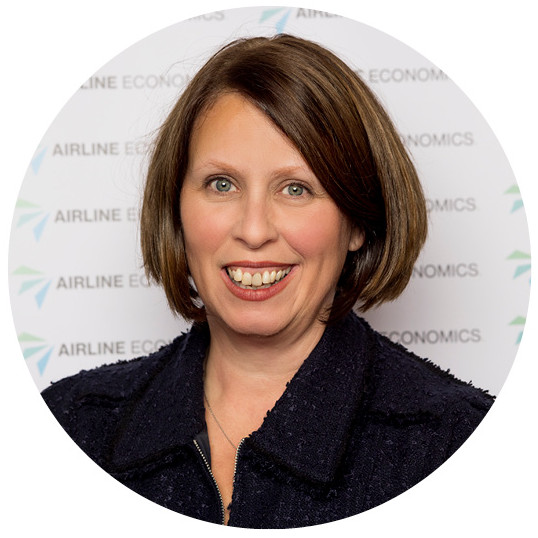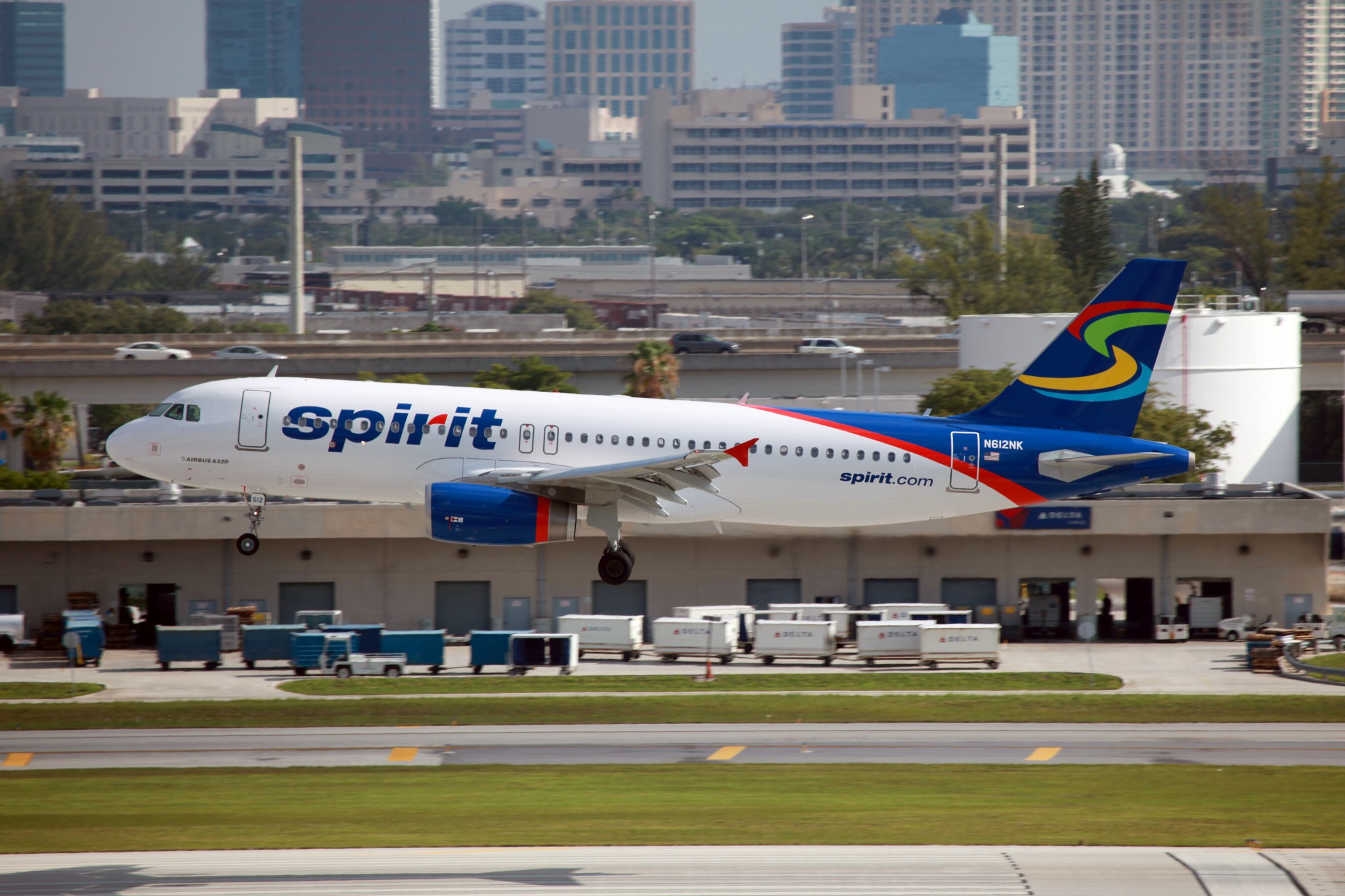Spirit Airlines net income for the fourth quarter 2017 was $250.3 million, which included a one-time non-cash $199.3 million tax credit. Excluding the one-time tax credit and special items, net income for the fourth quarter 2017 was $50.4 million. Spirit's total operating revenue was $667.0 million, an increase of 15.3 percent compared to the fourth quarter 2016, driven by a 10.4 percent increase in flight volume. Total revenue per available seat mile (TRASM) for the fourth quarter 2017 decreased 1.8 percent compared to the same period last year, driven by a 2.2 percent decrease in operating yields. On a per passenger flight segment basis, total revenue for the fourth quarter 2017 increased 1.1 percent year over year to $109.34 driven by non-ticket revenue per passenger flight segment increasing 3.8 percent to $53.91, partially offset by ticket revenue per passenger flight segment decreasing 1.4 percent to $55.43.
For the fourth quarter 2017, total GAAP operating expense increased by 16.5 percent to $574.5 million, with aircraft fuel expense up by 38.5 percent due to increases in cost as well as usage.
For the full year 2017, net income was $420.6 million including the one-time tax credit, and without was $230.8 million. GAAP operating margin for the fourth quarter 2017 was 13.9 percent and 14.7 percent for the full year.
Robert Fornaro, Spirit’s Chief Executive Officer, said. “Looking ahead to 2018, we are focused on finalizing a deal with our pilots union, improving upon our operational reliability, continuing to enhance our guest experience, and delivering earnings growth for our shareholders.”
“For the full year 2017, our team delivered an adjusted CASM ex-fuel of 5.51 cent s, up 1.1 percent year over year. This was an admirable performance considering the hurricanes and other disruptions this year,” said Ted Christie, Spirit’s President and Chief Financial Officer. “Should the tentative agreement with our pilots be ratified, we will gain tools that will allow us to further improve our operational reliability and drive efficiencies, which gives us confidence that we will be able to maintain or grow our relative cost advantage.”

